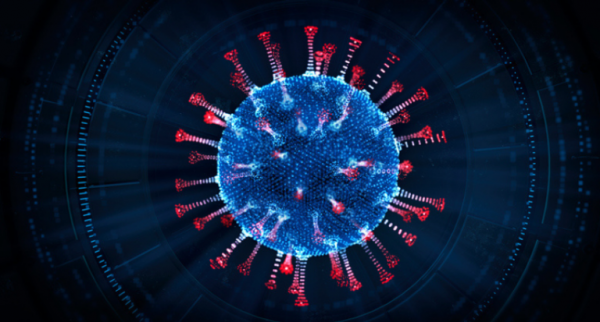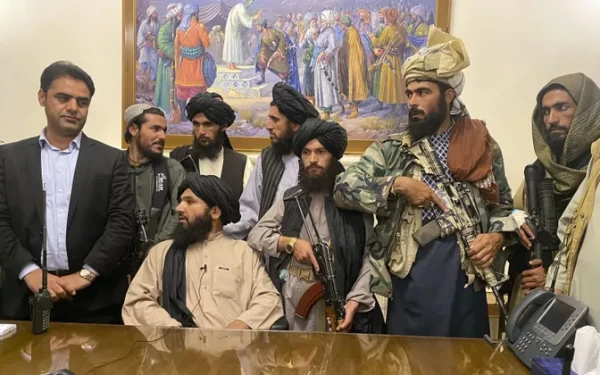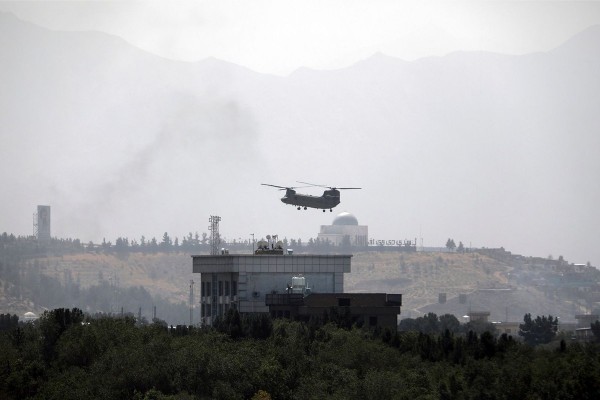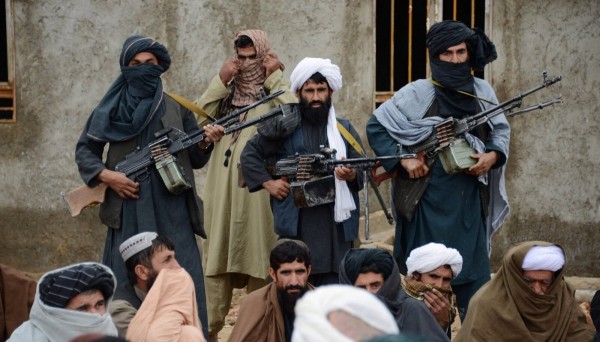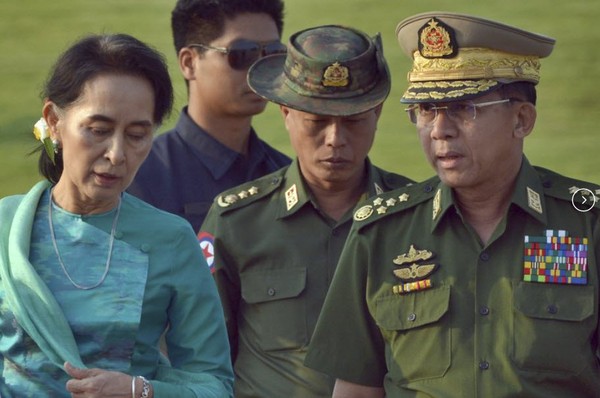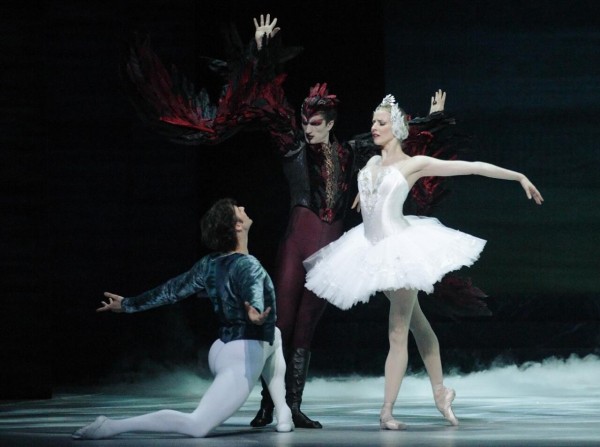Laas Leivat
Information, images, impressions have become the real elements of international influence in an interconnected world. That’s what foreign policy strategists in the Kremlin are basing their international program shift on.
Experts say that Moscow has not in the least abandoned the decisive role that weapons, energy as leverage and other time-honoured sources of power. But it has opted for a change of tactics vying for position in an ever changing international political landscape.
Soft power ‘Putin style’ means working in three parallel directions in foreign policy implementation. One is the promotion of the benefits of the Russian education system, language and culture abroad. Since much of the international media’s content regarding Russia is negative, then the second aim is to reverse this – a goal which so far has eluded them. The third is the revival of the Soviet era friendship societies, to create a network of ‘Russia’s friends` world -wide. This practically means the re-institution of agencies such as Soviet occupied Estonia`s VEKSA, nothing more than a blatant extension of the KGB.
The Soviet era institutions, such as the International Festivals of Youth and Students, were meant to promote `social progress and justice` Soviet style. They were meant as alternative social models created by an attractive ideology successfully implemented by the Soviet Union who was a potentially powerful patron. Any requests for `help` were lavishly satisfied by Moscow. (Loe edasi Eesti Elu 1. märtsi paberlehest

Soft power behind a hard power mind set
Rahvusvahelised uudised | 02 Mar 2013 | EL (Estonian Life)Eesti Elu
Rahvusvahelised uudised
TRENDING






